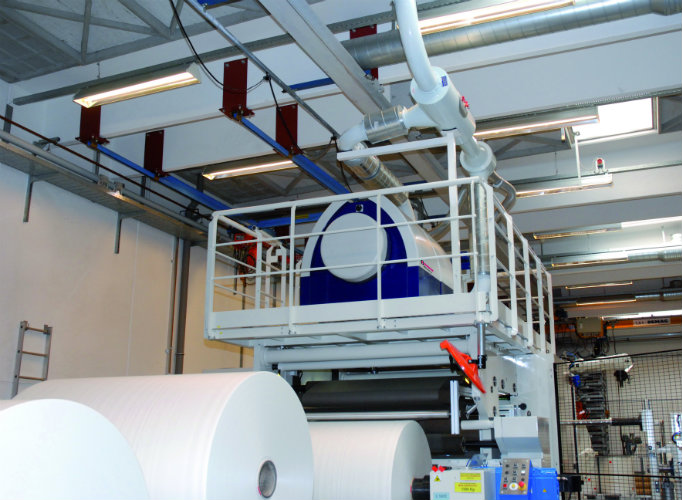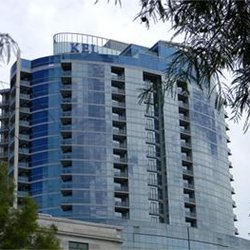Despite the fact that we frequently discard waste by essentially contracting out to Waste System services, the sort of waste transfer framework general people utilizes has a substantial effect on nature’s domain and of course on general wellbeing. Indeed with elected oversight on Waste System, squanders can at present dirty the ground, air and water. Some transfer frameworks are dangerous to the point that they are presently banned. . Indeed federal elected oversight on Waste System, waste can in any case dirty the ground, air and water. Some transfer frameworks are dangerous to the point that they are currently banned. Waste transfer is the biggest worry in industrialized nations with high populaces. Late developments in engineering however have given more secure systems to discarding waste items. Regardless of these developments, waste remains an ecological wellbeing concern. A few sorts of waste are innocuous to nature, yet others are risky enough to warrant laws and regulations in specific nations to forestall improper transfer of them.
Variety-1
Incineration
Incineration is a viable Waste System that diminishes waste materials into their base parts by smoldering them. This methodology creates heat, which is then utilized for energy. The by-results of this transfer technique incorporate different gasses and idle cinder. Incineration produces different levels of contamination relying upon the incinerator outline and the waste material being blazed. Be that as it may, channels can minimize the contamination. Incineration has a higher fiscal quality than reusing in light of the fact that it is less expensive to smolder waste for energy than the liabilities included in reusing. Notwithstanding, it is more unmanageable than arranging in a landfill. Incineration diminishes waste volume by up to 90 percent of the first can’t. In the event that natural waste is burned, the ensuing fiery remains can give supplements to hydroponic results. It is the favored strategy for discarding poisonous chemicals and perilous squanders.
Variety-2
Reusing
Recycling is a preservation system for waste disposal. It includes reusing materials by reprocessing them modernly and transforming them into new or comparative items. The most widely recognized recyclable things are plastic, paper, glass and aluminum. Reusing containers are accessible for home, office or open utilization to gather recyclables before being taken to reusing focuses. Reusing is the most naturally inviting system to discard waste in light of the fact that it doesn’t include any waste material. The downside of reusing is that just certain things might be reused, and preparing plants are costly to work and administer.
Variety-3
Composting
Composting is a characteristic biodegradation procedure that changes over natural squanders into plant nourishment. This happens by permitting the waste to sit in one spot for months until organisms deteriorate it. This procedure can transform perilous waste items into safe fertilizer. Composting jam a larger number of supplements than incineration and is the favored technique for natural waste transfer. The weaknesses are that such Waste System is a slow process and obliges a great deal of area.
Variety-4
Clean Landfill
Waste items that can’t be reused or give an alternate profit must go some place. That place is typically a landfill. With late engineering, waste might be dumped in a landfill without the peril of dirtying groundwater. This is carried out by setting defensive covering underneath the waste to keep destructive chemicals from spilling into the groundwater and contaminating drinking water. Each one layer of waste is compacted and secured by a layer of earth. Soil with low penetrability is favored for landfills so as to make the Waste System less susceptible to spillage. A few landfills use solidifying materials, for example, concrete or black-top to seal each one layer of waste. Landfills are generally spotted in zones without flooding or high groundwater levels.




